Research & Education
Finish Out the Summer Strong! 5 Ways to Refresh Your Leave No Trace Teaching Resources

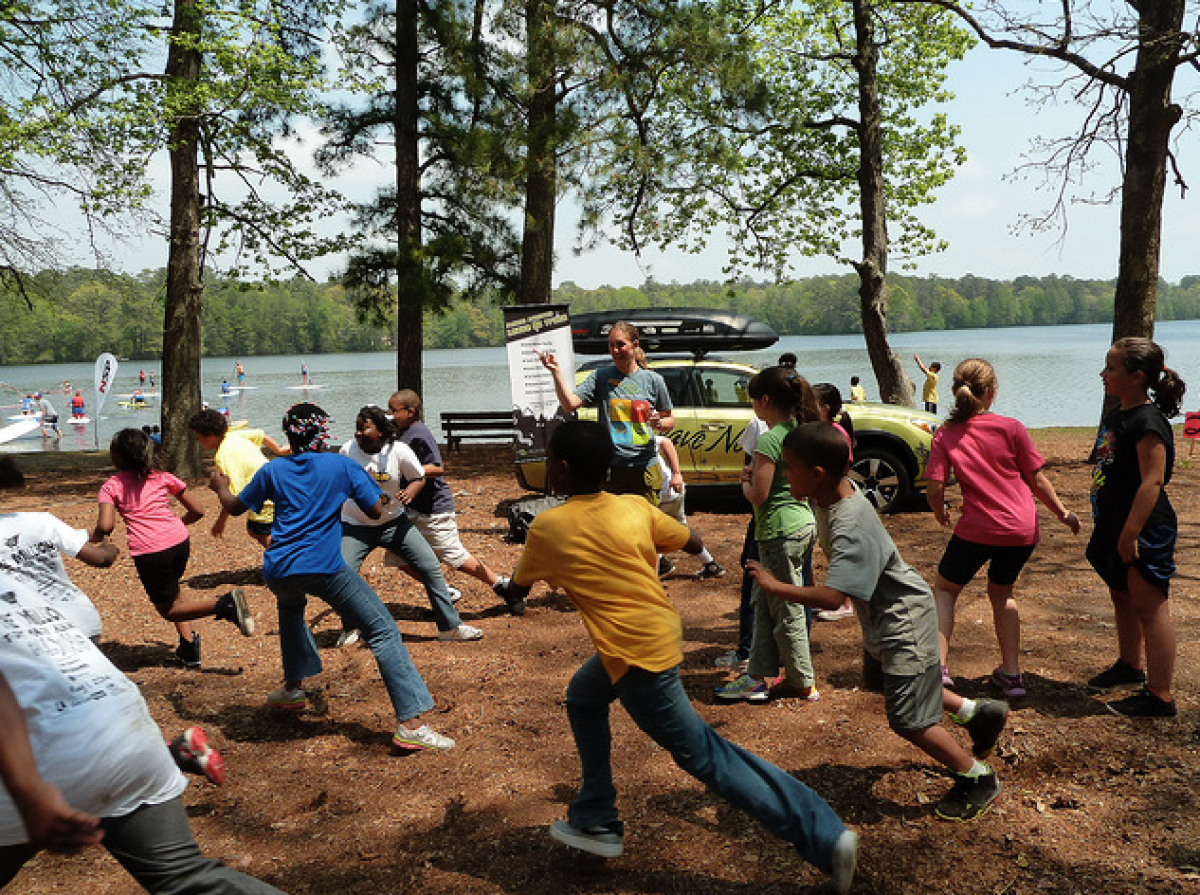
For the majority of educators working with youth this summer, you’re just about to reach the halfway point in your summer. Refresh your Leave No Trace educator toolkit and finish out the summer strong with these five recommendations:
1. Cycle out some of those games and activities – You’ve been using the same handful of trusty games, activities and initiatives to teach Leave No Trace so far this summer. Cycle out some of those “go-to” engaging activities for some fresh activities that focus on a new way to understand the Seven Principles or outdoor ethics. Check out the Things to Do section of the Leave No Trace website for some new games and ideas.
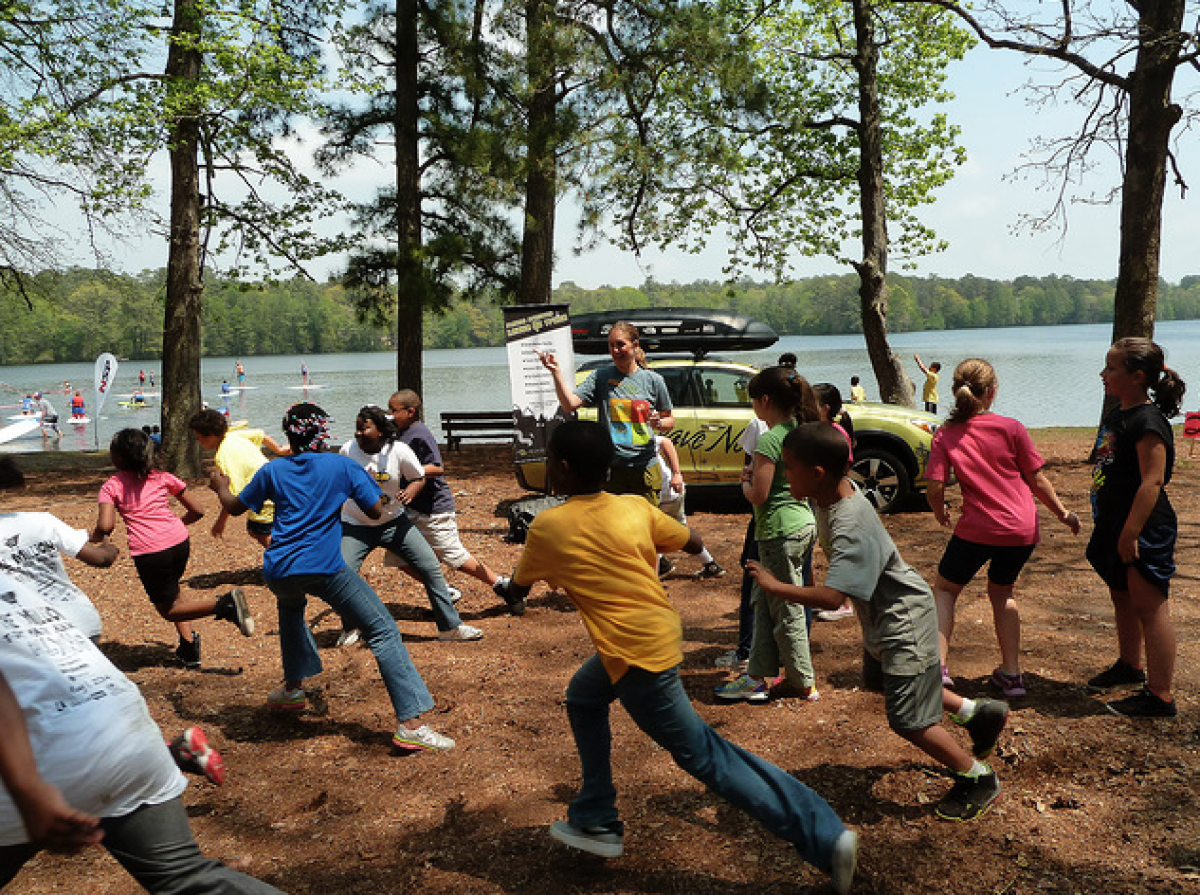
2. News stories can be a powerful teaching tool – Summer is the time of the year where we here lots of news stories about negative impacts in the outdoors. Wild fires in the west, animal encounters on public lands and much more. While these stories are a sad reminder just how import your work as a Leave No Trace educator really is, they can also be great teaching tools. Search for some recent news stories about impacts in the outdoors, print out a few copies and use those in a discussion about what could have been done differently using Leave No Trace.
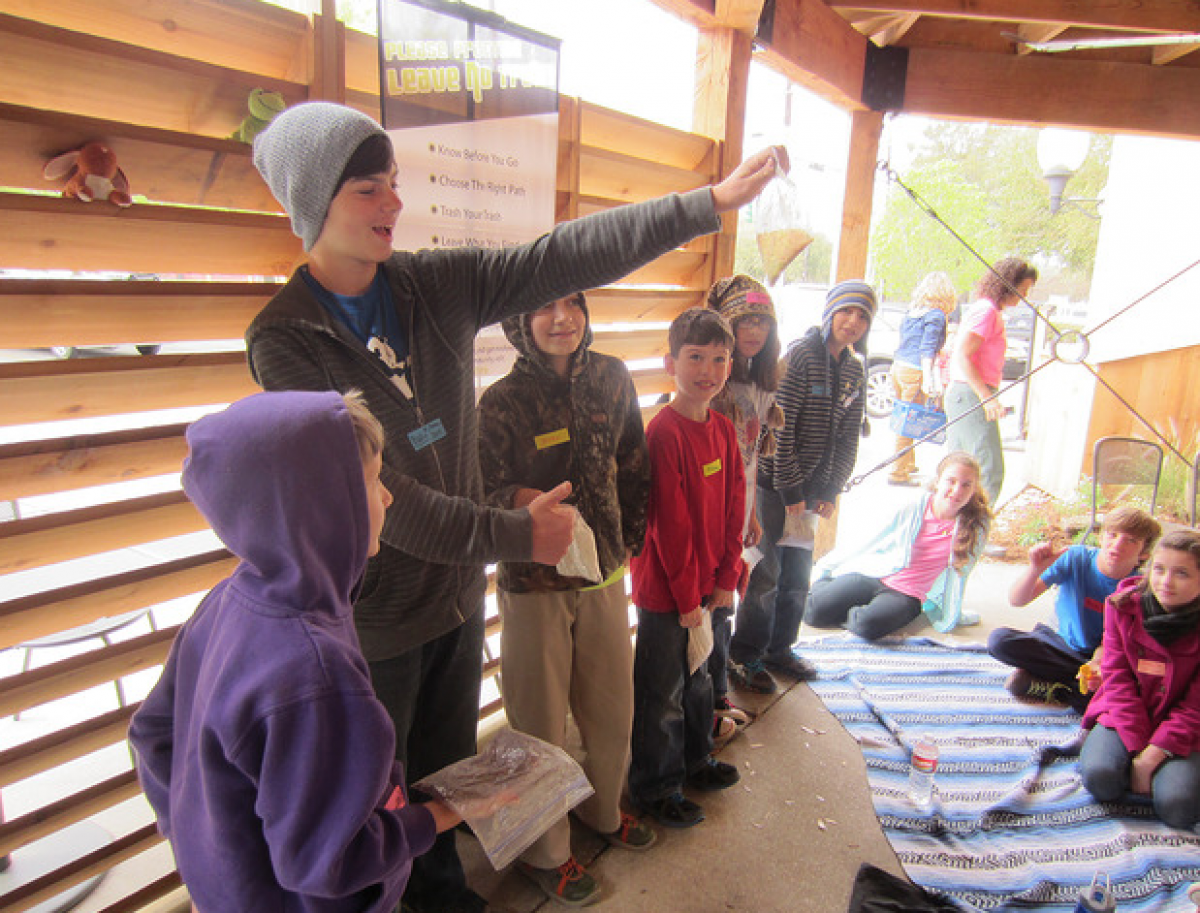
3. Try some new debrief methods – the best Leave No Trace game or activity in the world isn’t complete without an effective debrief with your participants. An engaging debrief can really help youth understand that Leave No Trace values have context and relevancy in their lives back home or in their community. Facilitating a debrief is much like working out. At first it feels awkward and unsteady, but the more time you spend doing it, the strong and more confident you’ll become. Debrief methods vary. Consider tools and resources from organizations like Project Adventure and the Association for Experiential Education.
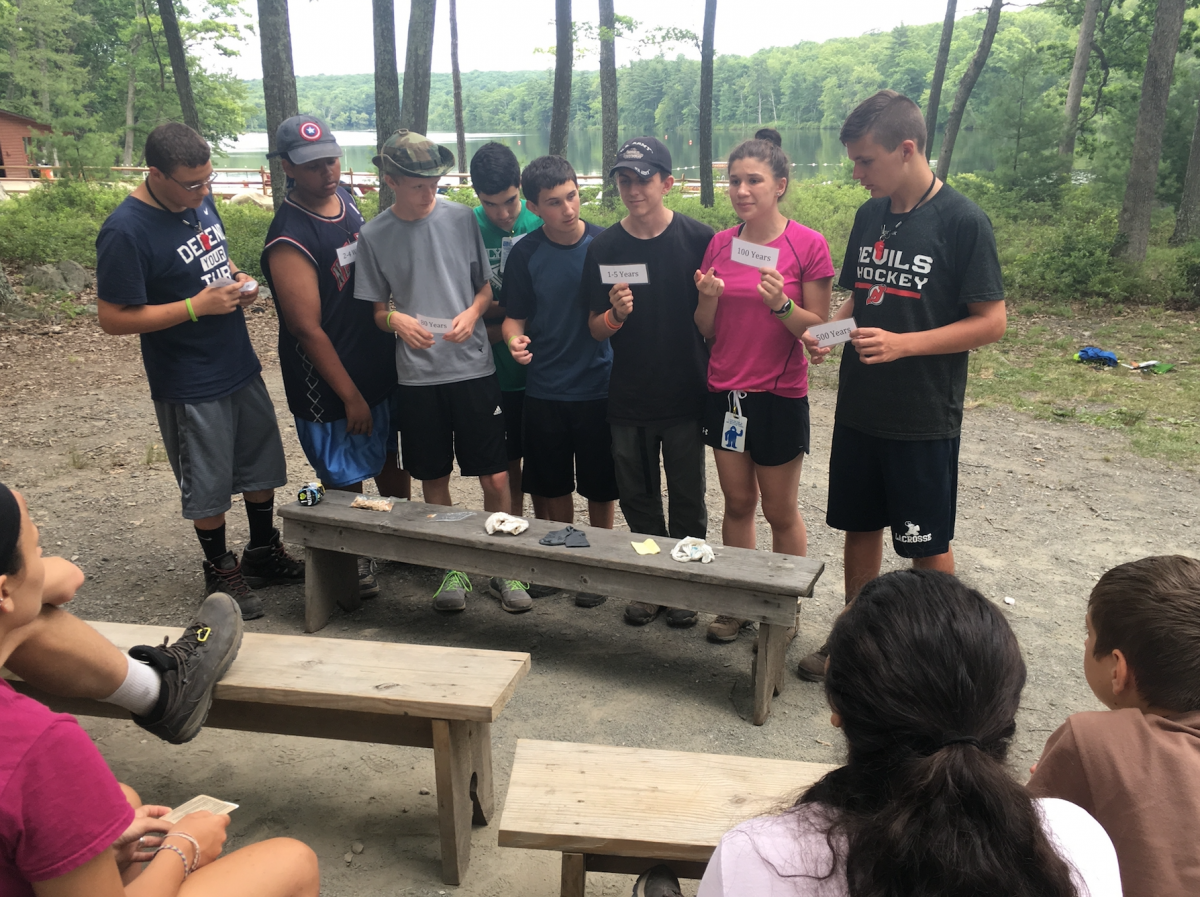
4. Program Specific Principles – the Seven Principles of Leave No Trace emerged from impacts to wilderness but have evolved into a set of values that any person can use to protect any outdoor space. Making the Seven Principles directly applicable to the program that you work with is a great way to bring youth voice and opinion into the discussion of making the principles specific to your location, facility or organization.
Gather up a group of youth (or potentially young staff members) and examine the Seven Principles without their associated bullet points (consider using large poster paper or butcher paper attached to the walls of a room). The group’s goal is to create bullet points for each principle that are meaningful for the routine and culture in your program. By having youth participants come up with the list and offer their ideas for the bullet points, there is a greater chance that this new framework with be successful within your programs culture. This exercise can be used as a social contract exercise that every participant signs and agrees upon.
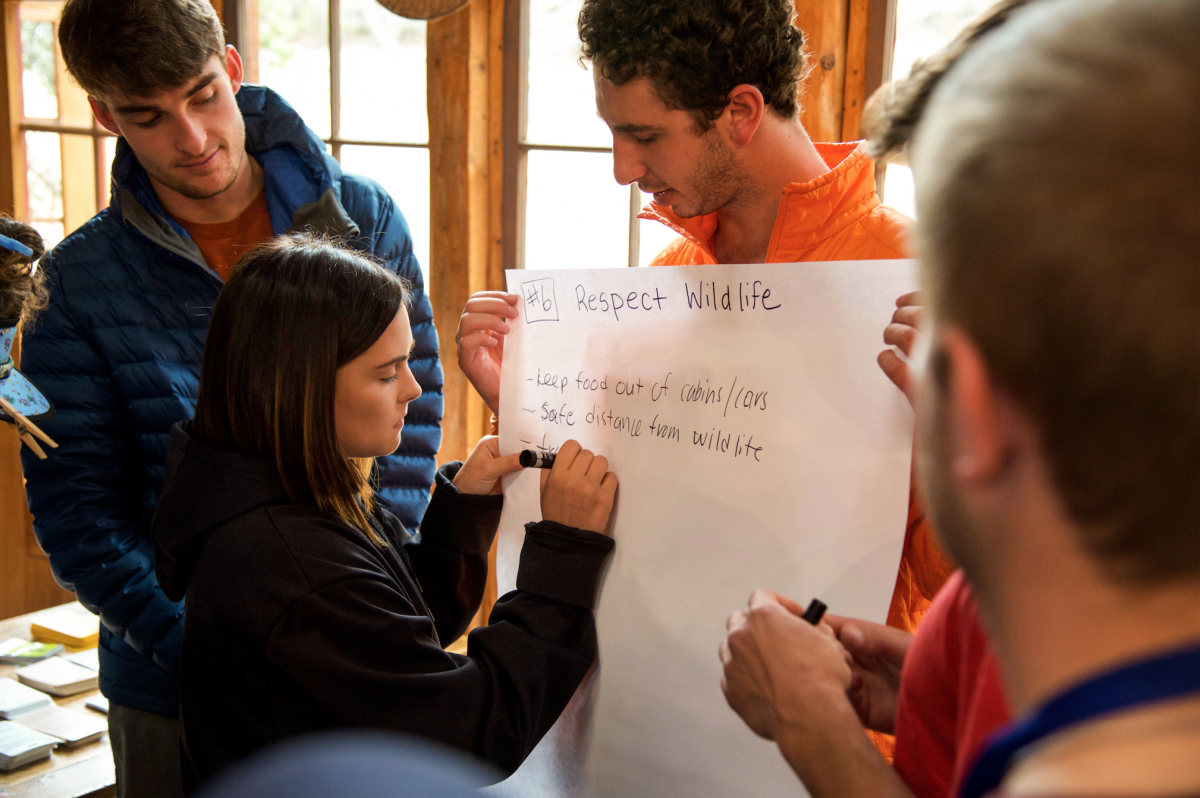
5. Creative Expression – Creative expression is one of the best methods for youth to demonstrate their understanding of Leave No Trace and outdoor ethics. Simply memorizing the Seven Principles is not effective. Instead, give youth the opportunity to reflect on what Leave No Trace means to them through creative skits or songs; poster or sign design; creative writing; paintings or drawings; or creative technology outlets. Once done with the exercise, give youth the opportunity to share their creative expression with the group or community.

Let’s protect and enjoy our natural world together
Get the latest in Leave No Trace eNews in your inbox so you can stay informed and involved.
